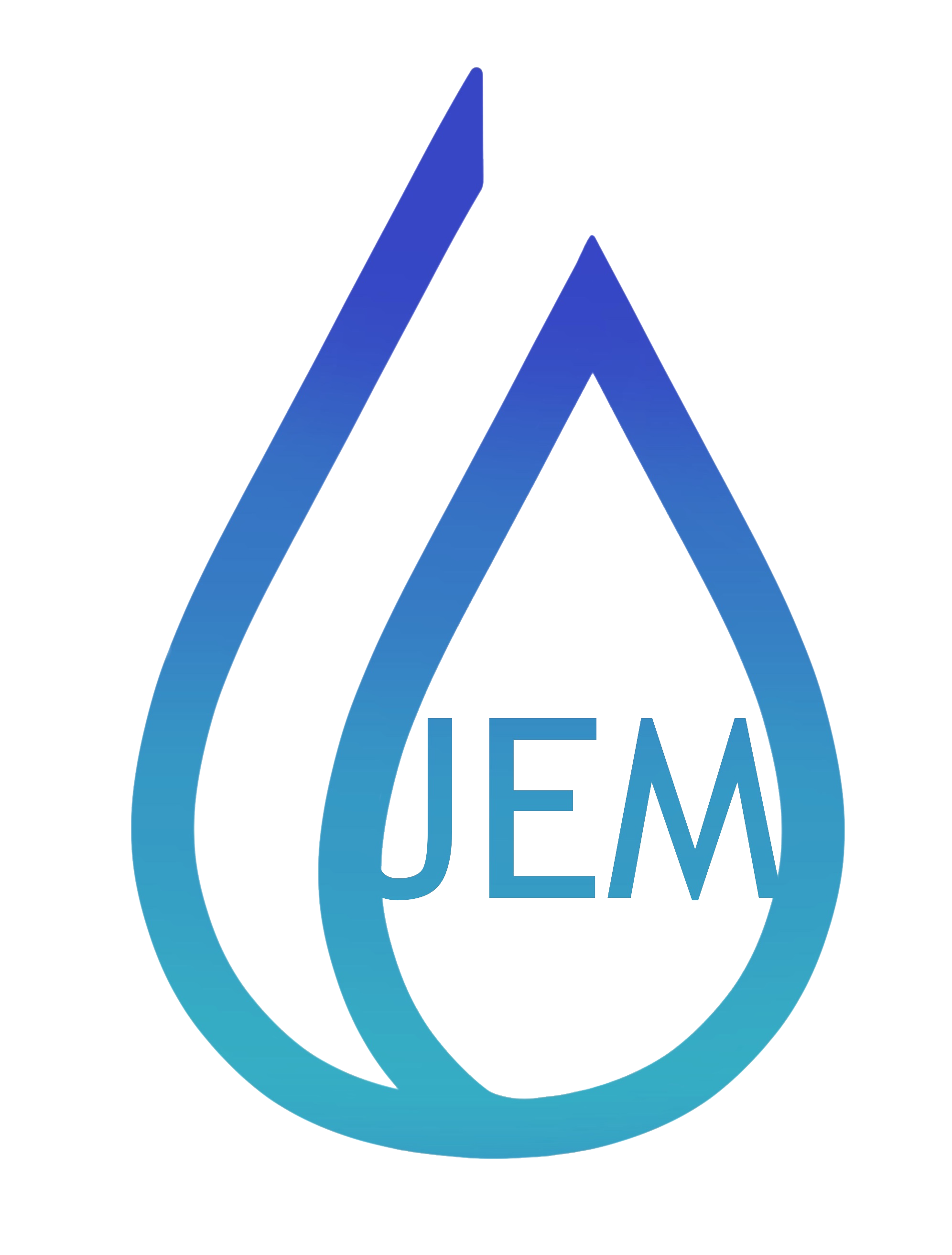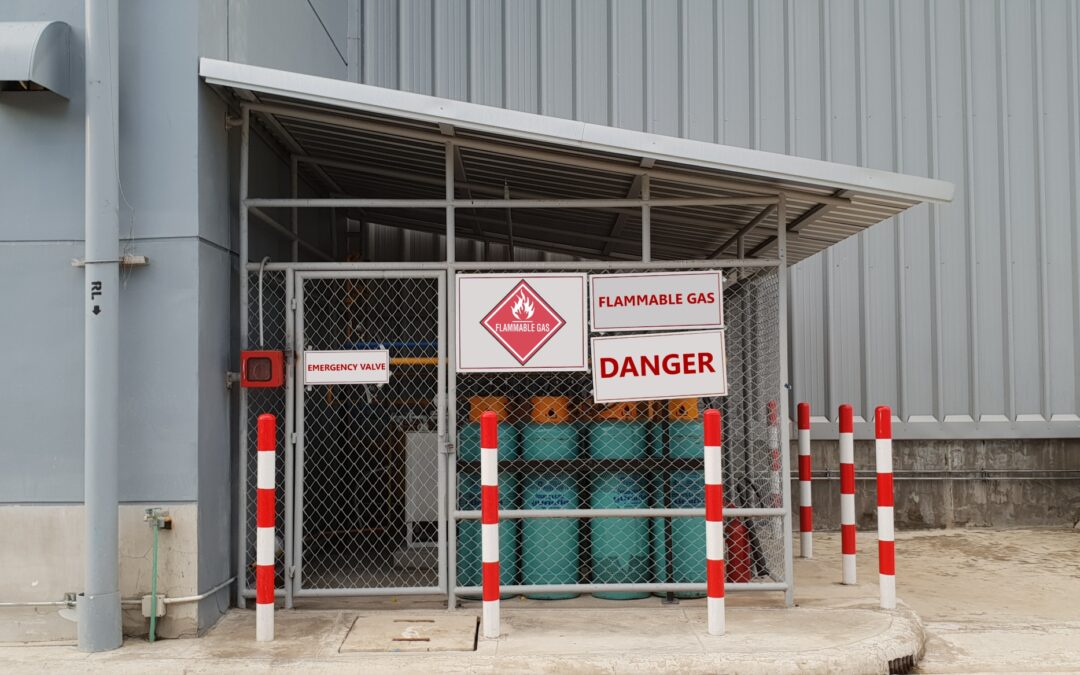Propane is a fuel commonly used for various equipment and machinery, but it can be hazardous if not handled correctly. To maintain a safe working environment, all employees must adhere to the established safety protocols and guidelines for propane storage and use. By adhering to these guidelines, we can help prevent accidents and ensure safe operations.
Discussion Points:
- Hazards and Risks of Propane Usage.
- OSHA Regulations for Propane Storage.
- Safe Handling and Storage of Propane.
- Safety Protocols and Guidelines for Propane Storage and Use.
Discussion:
To ensure propane safety in the workplace, employees will receive training on the safe use of propane. Training should cover handling and storage of propane tanks and cylinders, recognizing leaks and potential hazards, and operating propane-powered equipment safely and correctly.
Employees must follow the manufacturer’s guidelines and instructions when using propane. It’s essential to wear appropriate personal protective equipment (PPE), such as gloves, goggles, flame-resistant clothing, steel-toe boots, and a hard hat to safeguard against potential hazards.
Store propane tanks and cylinders in accordance with OSHA regulations. Keep them in designated areas and on storage racks outdoors, in a well-ventilated area, away from heat sources, direct sunlight, ignition sources, and flammable materials. Always store tanks upright and secure them to prevent tipping. Make sure the valves are capped when not in use. Handle empty tanks with the same care as full tanks. All tanks should have proper labels, which may vary by state or local regulations. For tanks over 100 gallons, position them at least 10 feet from buildings and other structures.
When using propane-powered equipment, follow the start-up and shut-down procedures carefully. Ensure good ventilation when operating this equipment indoors.
When recovering propane, liquid and vapor propane are extracted and collected using pumps and compressors. This process safely stores propane and prevents it from being released into the environment.
When flaring propane containers, use equipment specifically designed for managing gas release. Flaring involves burning off excess propane to lower tank pressure or safely eliminate unwanted gas. During this process, fuel or waste gas is ignited at the tip of a flare stack. An air permit may be required.
Venting, in contrast, is the controlled release of propane gas into the atmosphere. Many states have restrictions on venting propane containers, so it is essential to check local regulations.
When purchasing flaring equipment, ensure that the tank is empty. Other necessary equipment includes a flare stack, hoses, and adapters.
A critical safety concern is ensuring propane tanks are completely emptied and cleaned before disposal. Always check for hidden tanks to avoid crushing or shredding them, which could cause an explosion. Remember, DOT 39 cylinders are single-use only and should not be refilled. These tanks can be identified by the DOT number printed on them.
If there is a propane leak, evacuate the area immediately and contact emergency services. Propane leaks are hazardous and can lead to fires or explosions if not promptly addressed. Always prioritize safety when handling propane tanks.
As always, stay safe out there!


Recent Comments